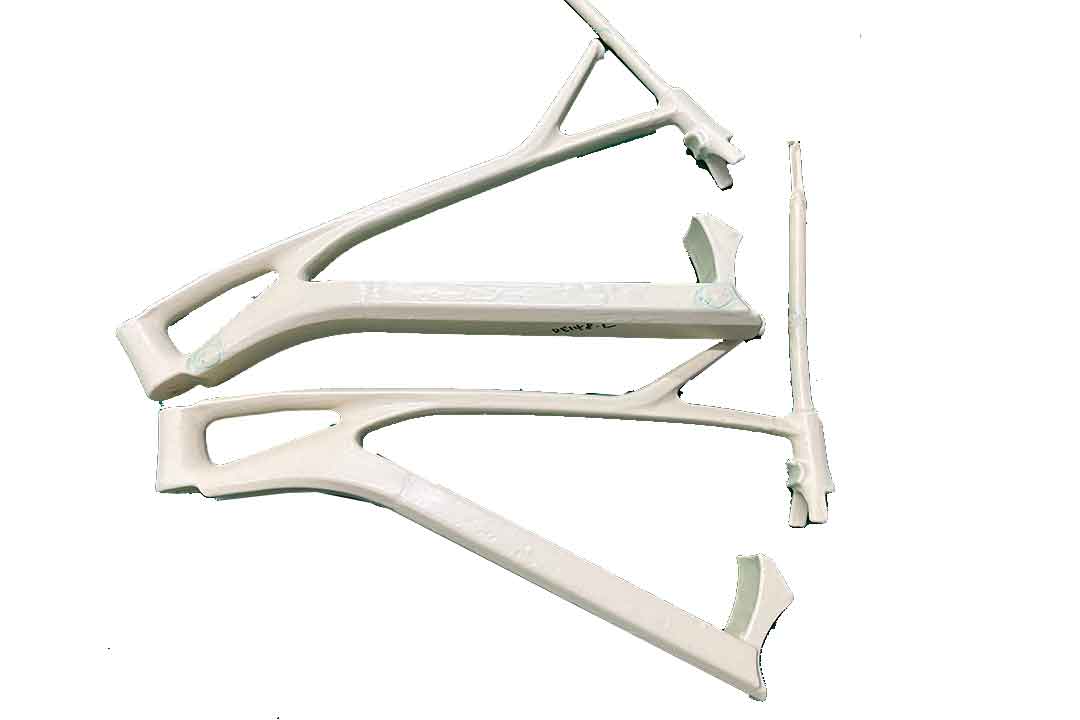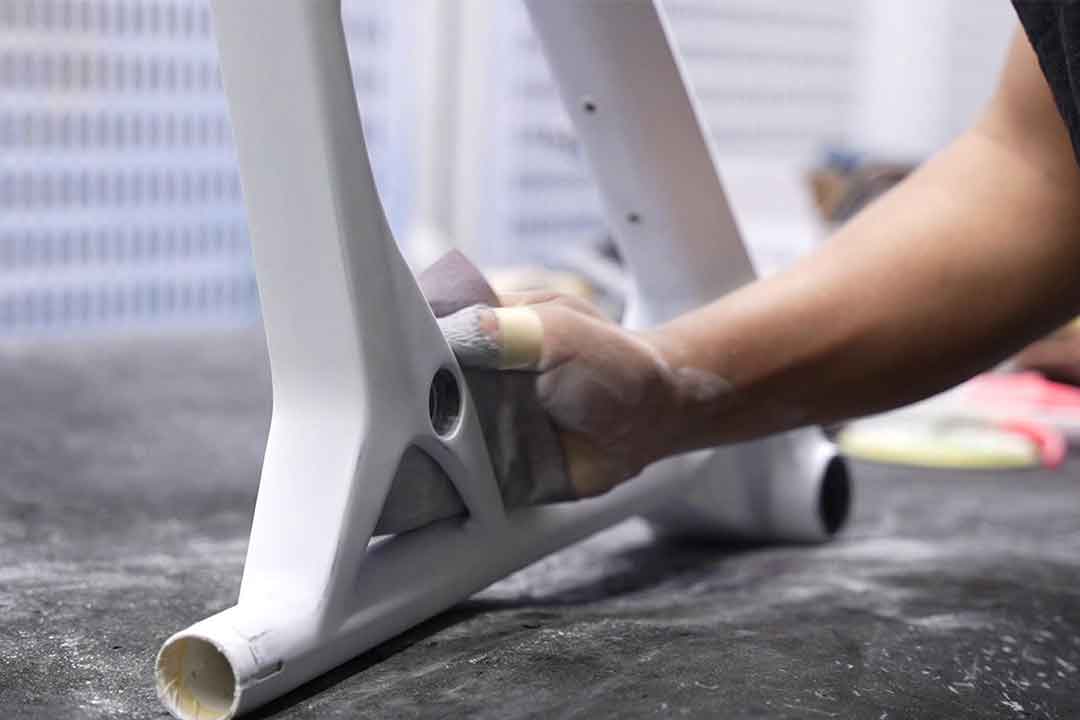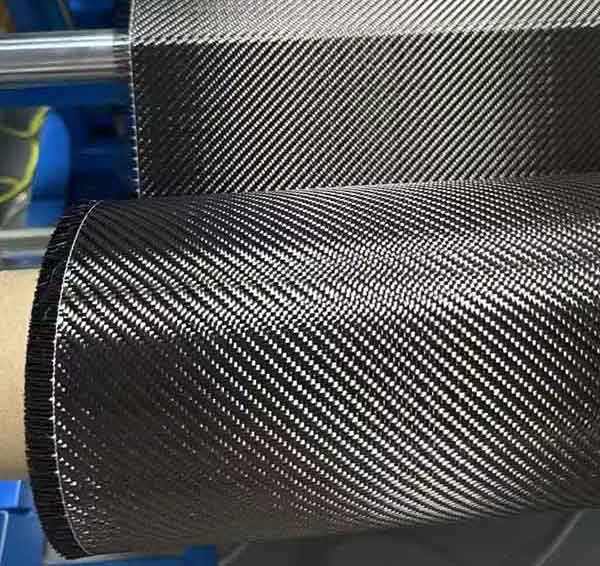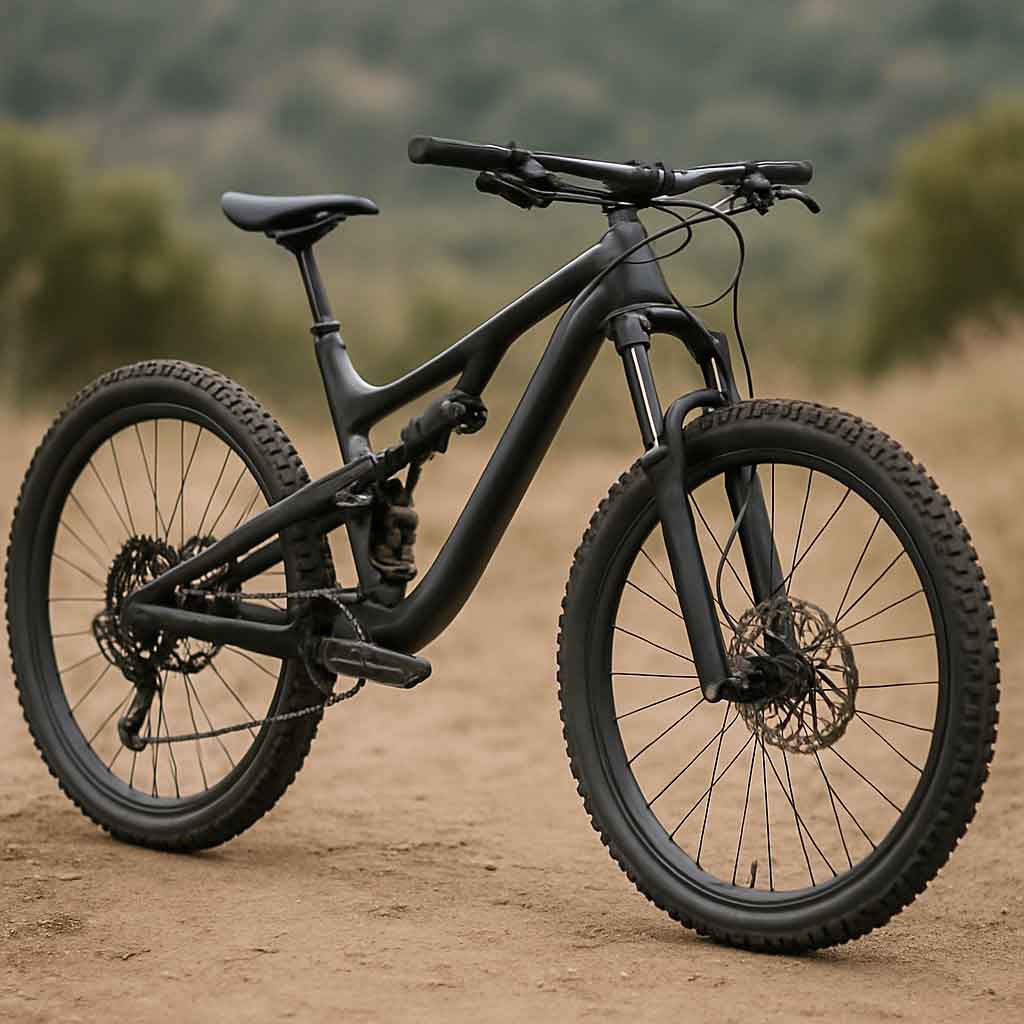Welcome to Mondince Bike - A well-known factory specialized in produce carbon bike frame and other parts since 2007.
Bike Light Maintenance Tips for Longevity
As a cyclist, ensuring that your bike lights are functioning optimally is crucial for safe night riding. Whether it's a headlight for a bike or a tail light, each component plays a vital role in enhancing visibility and safety. In this guide, we'll delve into the best practices for maintaining your bike lights, ensuring they serve you well on every ride.
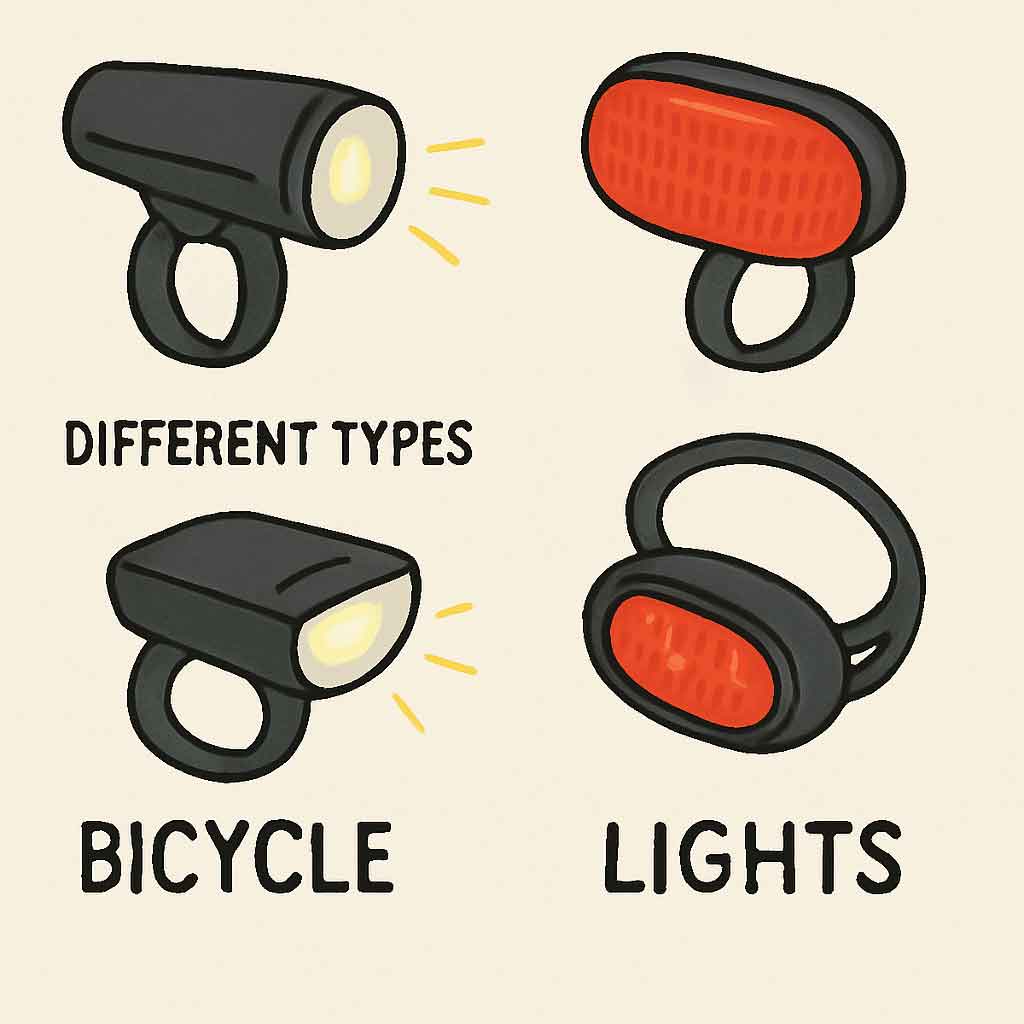
Bike lights come in various forms, from the simplest LED bike lamps to the brightest headlights for bikes. Understanding the type of lights you own is the first step in maintaining them properly.
Types of Bike Lights
- Front Bike Headlight: This is crucial for illuminating the path ahead. The best bicycle headlight for night riding typically features a powerful LED lamp.
- Bike Tail Light: Positioned at the rear, these are essential for making your presence known to vehicles approaching from behind.
- Biking Headlamp: Often used for off-road cycling, these headlamps provide additional light coverage.
Importance of Maintenance
Consistent maintenance of bicycle lights not only extends their lifespan but also ensures optimal performance. Regular care can prevent unexpected failures during night rides, keeping you safe and visible.
Essential Maintenance Tips
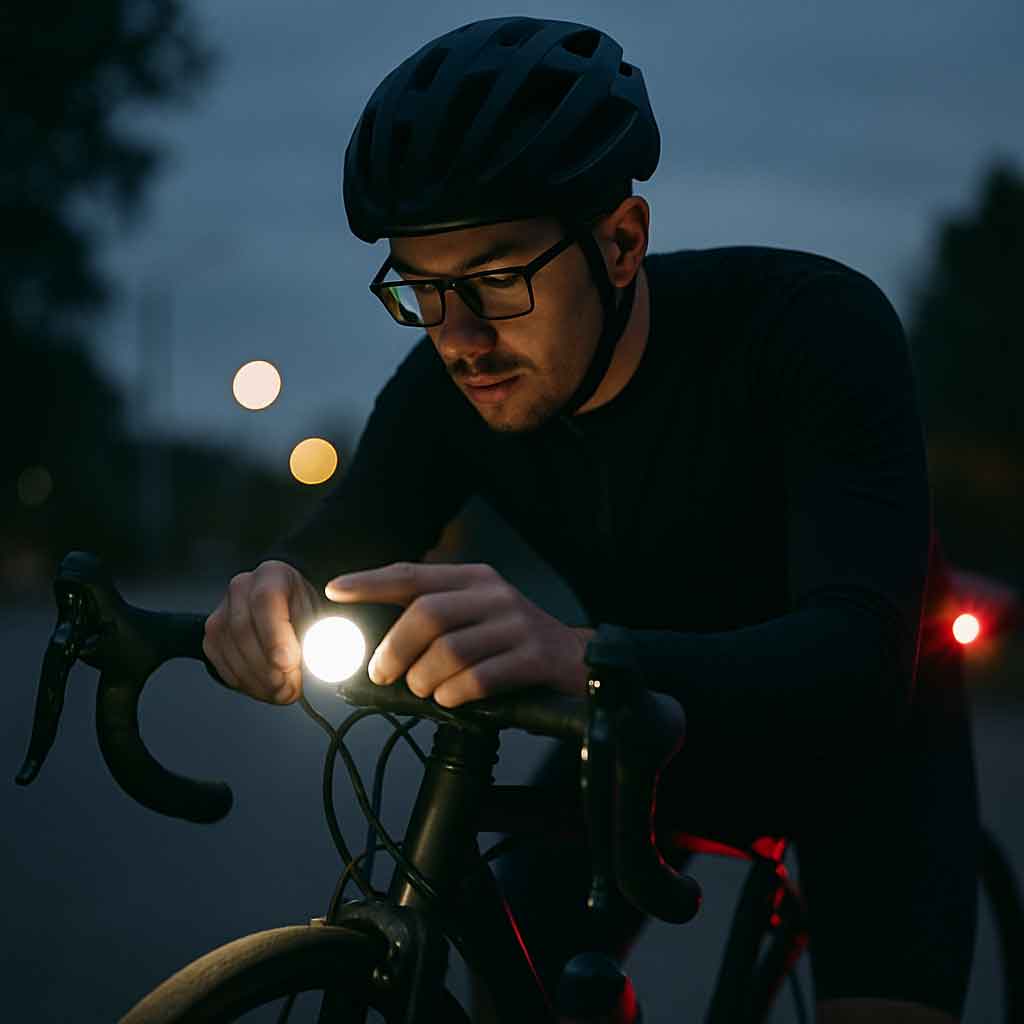
To maximize the longevity of your bike lights, follow these maintenance tips:
Regular Cleaning
Dust and grime can accumulate on your bike lights, reducing their brightness. Clean your lights regularly using a soft cloth and mild detergent. Avoid using abrasive materials that could scratch the lenses.
Battery Care
For battery-powered bicycle lights, proper battery maintenance is key. If your lights use rechargeable batteries, ensure they are fully charged before long rides. Avoid letting batteries completely deplete before recharging, as this can shorten their lifespan.
Inspect for Damage
Regularly inspect your bike lights for any signs of physical damage. Look for cracks in the casing, loose connections, or water ingress. Addressing these issues early can prevent further damage and ensure your lights remain functional.
Proper Storage
When not in use, store your bike lights in a cool, dry place. Extreme temperatures and humidity can affect the performance and durability of both the lights and their batteries.
Choosing the Right Bike Lights
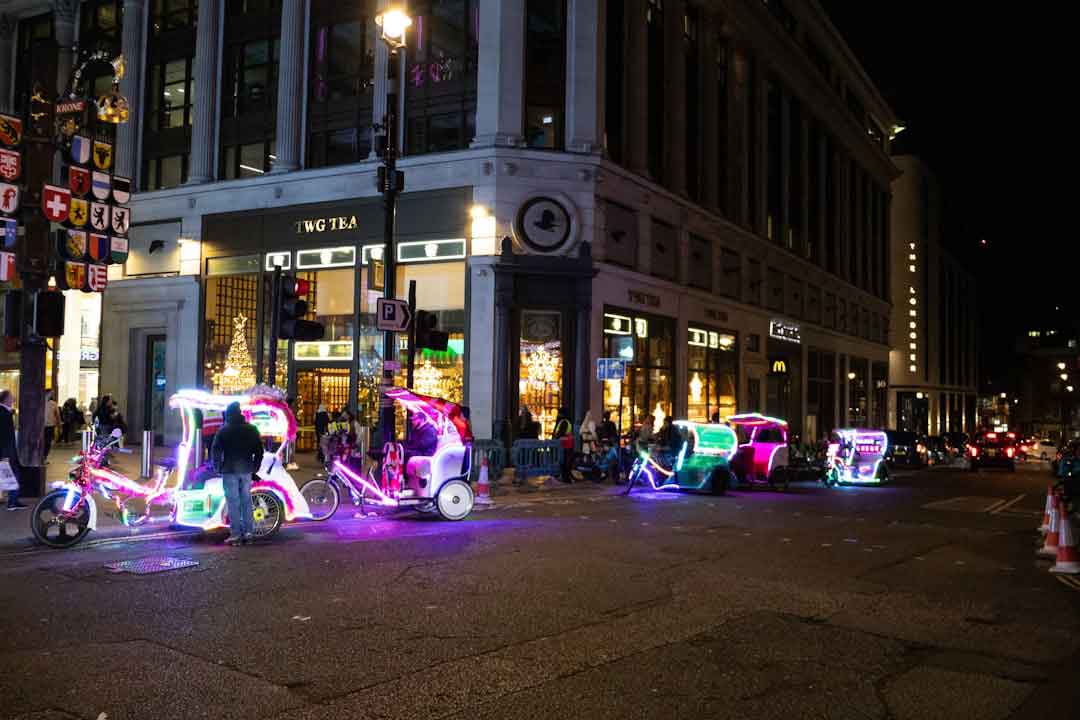
by Tanya Barrow (https://unsplash.com/@tanyabarrow)
Selecting the best bike lights involves considering factors like brightness, battery life, and durability. Here’s a quick guide:
Brightness
For night riding, the brightest headlight for a bike is recommended. Look for lights with high lumens for better visibility. A front lamp bike with adjustable brightness settings can be particularly useful.
Battery Life
Consider battery bicycle lights with long-lasting power sources. Rechargeable bike lights are a sustainable choice, offering convenience and efficiency. Always check the battery life and recharge time before purchasing.
Durability
Invest in bike lights that are water-resistant and robust enough to withstand rough conditions. This is especially important for cycling in rainy or off-road environments.
Recommended Bicycle Lights
To help you make an informed decision, here are some of the best-rated bicycle lights:
- Best Bike Lights for Night Riding: These lights offer high lumens and long battery life, perfect for extended night rides.
- Best Cycling Headlight: Known for their powerful illumination and durable design, these headlights are ideal for serious cyclists.
- Best Bike Tail Light: Featuring multiple modes and easy attachment, these lights enhance rear visibility.
Troubleshooting Common Issues
Despite regular maintenance, you may encounter issues with your bike lights. Here are some common problems and solutions:
Flickering Lights
If your bicycle lights flicker, check for loose connections or faulty batteries. Tighten any loose parts and replace batteries if necessary.
Dim Lighting
Dimming lights often indicate low battery levels. Ensure your batteries are fully charged or replace them if they no longer hold a charge.
Non-functioning Lights
If your lights fail to turn on, inspect the switch and wiring for faults. In some cases, replacing the light unit may be necessary if internal components are damaged.
Enhancing Visibility with Additional Accessories
To further improve your visibility during night rides, consider additional accessories:
- Reflective Gear: Wearing reflective clothing or attaching reflective strips to your bike can enhance visibility.
- Helmet Lights: Adding a light to your helmet can provide extra illumination and improve safety.
Conclusion
Maintaining your bike lights is essential for safe and enjoyable night riding. By following these tips, you can ensure your lights remain in top condition, providing the illumination you need. Remember, the best bike lights are those that are well-cared for, reliable, and ready to light up your path, no matter the conditions.
With the right care and maintenance, your bicycle lights will serve you reliably, keeping you visible and safe on every ride. Happy cycling!



